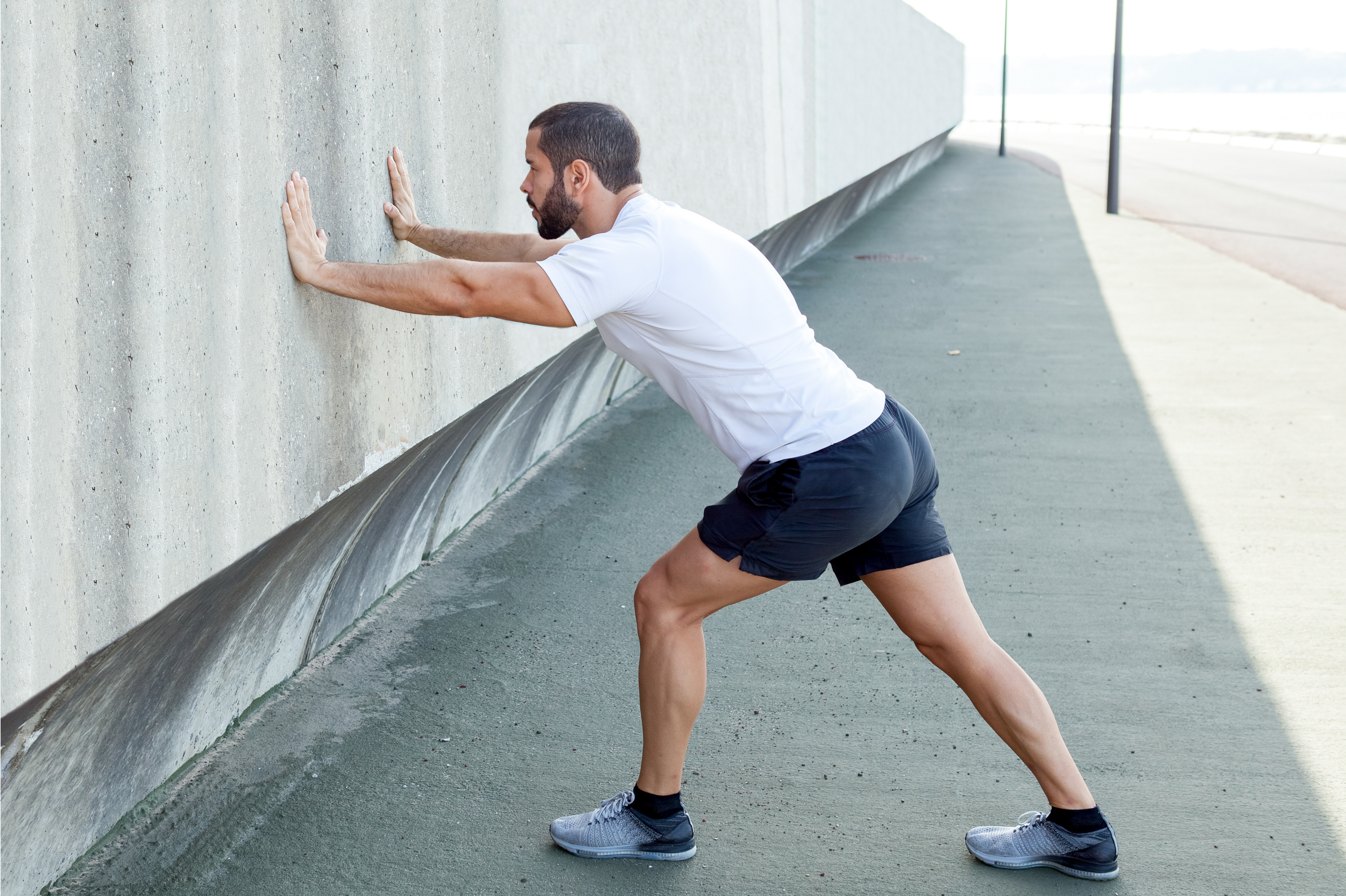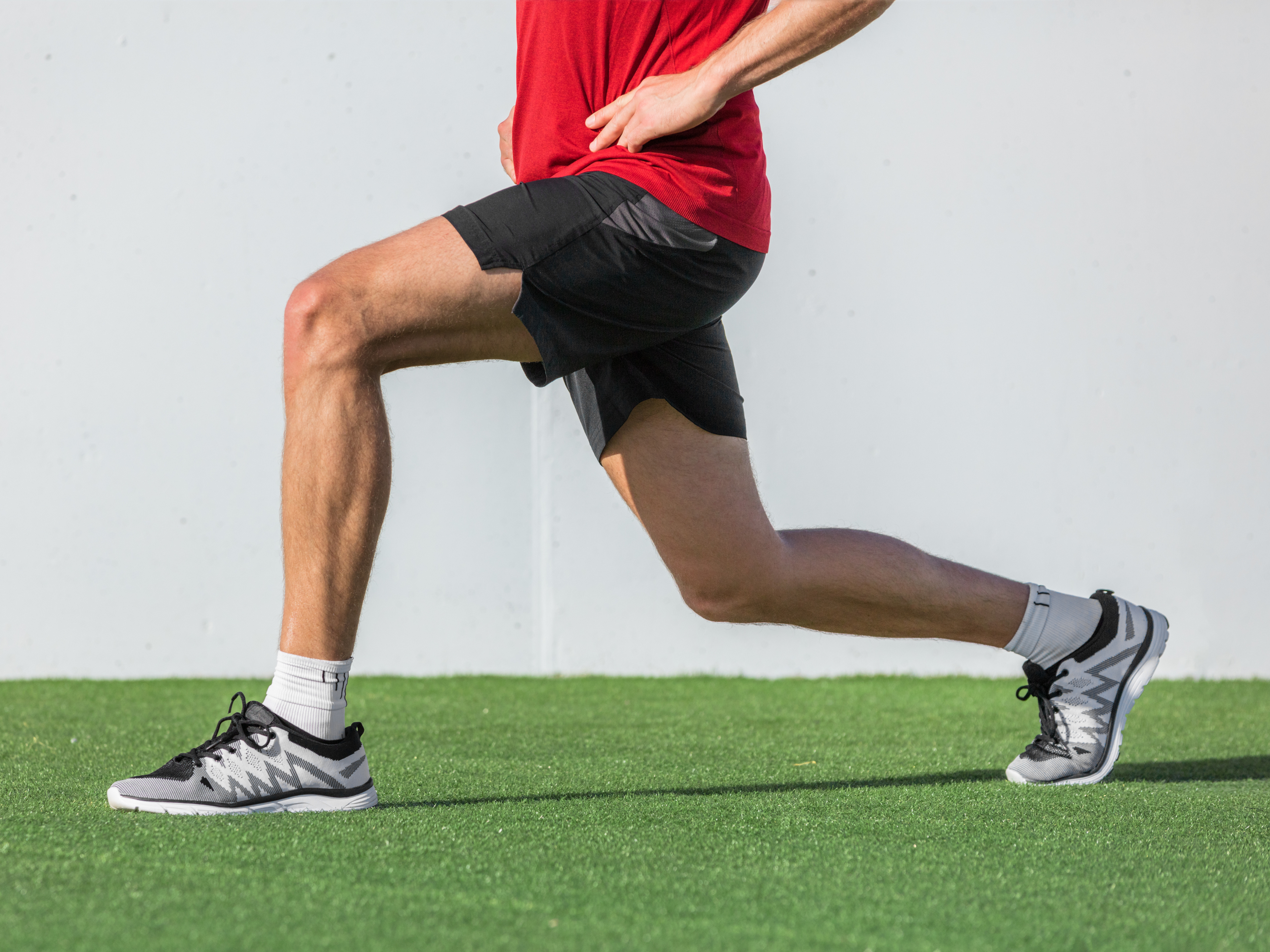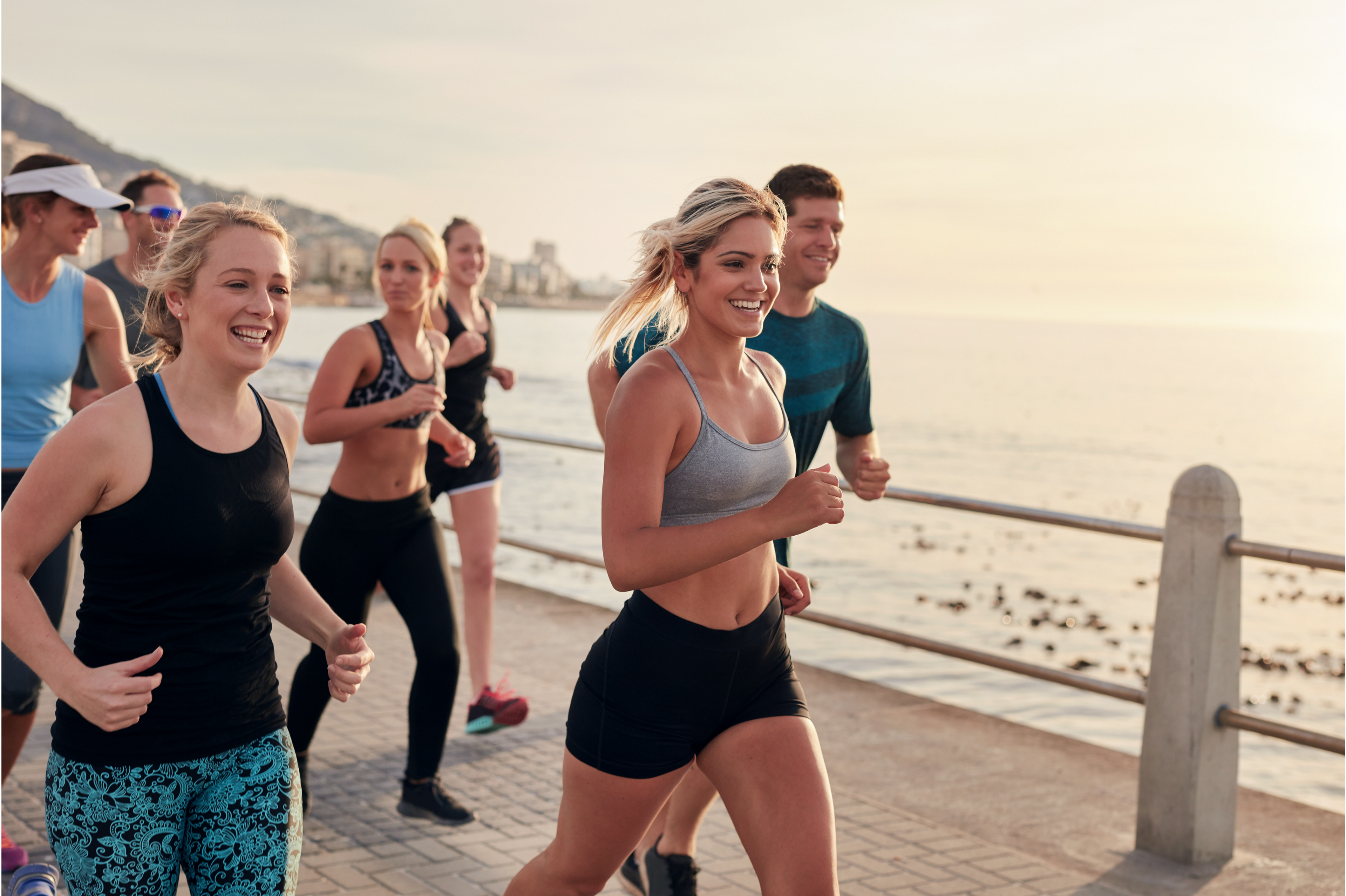Six training tips from marathon champion Hendrik Pfeiffer
I, like many professional runners, have come to realize that consistency in training lays the foundation for running new personal best times. I have usually celebrated my greatest successes after solid and, at first glance, unspectacular training blocks with consistently high volumes. No glitz and glamor, but as we say in the Ruhrpott, real "hard work".
However, in my opinion, managing this smoothly and injury-free over an extended period is a far greater challenge than delivering top-class workouts at specific points.
The reason? Sometimes, getting yourself going is really hard, especially in phases when you are already tired and irritable or when the weather is bad — the temptation to put your feet up and postpone your training until the next day can be big.
In former European 10,000-metre champion Jan Fitschen's words, "Running is simple, but not always easy."
This message was brought home to me in full force in the Corona year of 2020 when the conditions severely sapped my motivation.
In my view, we should pay as much attention to our mental freshness and motivation as we do to training, recovery, and injury prevention.
Here are my top training tips, gathered and proven throughout my professional running career, that I find best address all these areas.
1. Variety is key!
The often invoked "loneliness of the long-distance runner" is so legendary that a well-known book by Alan Sillitoe was dedicated to it. It is both a curse and a blessing.
On the one hand, there is something calming and almost meditative about it. There are days when running through remote forests alone in the wind and weather, entirely at peace with yourself, creates an incomparable feeling of flow.
But the very next day, the same route you know by heart can get on your nerves.
My antidote: Route variety!
Training doesn't always have to start right on your doorstep. It's worth training on different routes and exploring new places continuously. With the help of Google Maps, I have discovered and added many new routes to my regular training repertoire.
I can choose from five different routes within a radius of 20 kilometers from my home. Some are very flat, asphalted, and particularly suitable for fast runs. Others are more profiled, with a soft surface and stunning scenery, making them ideal for relaxing long runs.
Often, I only decide shortly before a training session which route I feel like doing that day. Changing to routes with soft surfaces can be an enormous help, especially for runners covering many kilometers.
Varying route profiles to include mountains can help hone a runner's body. Since my first stay in Iten, Kenya — the hilly runner's Eldorado and home to numerous world-class athletes — I have deliberately incorporated as much altitude as possible into my runs.
During the coronavirus period in particular, many of us had to do most of our training alone. No running partners and no competitions for the foreseeable future — not the best conditions for great training euphoria.
I use music, podcasts, and audiobooks as a distraction when I'm out and about without my training partner or cycling companion. Especially in the darker months of the year, an exciting audiobook can work wonders while running and turn a somewhat unenthusiastic run into a little adventure.
It is also important to vary what you listen to. I often notice that my music playlist becomes stale after two weeks and then annoys me rather than enriching the run.
Variety is key!
How Hendrik adds variety to his training
2. Training is about more than just running time
Don't underestimate the importance of pre- and post-workout routines — the risk of injury increases drastically when it is neglected, especially in cold conditions.
Before workouts
Warming up before tempo runs and carefully easing into endurance runs is part of my regular routine.
The faster you run, the better your body should be warmed up.
High-intensity runs
For tempo intervals and endurance runs at competition speed, I separate the warm-up from the actual training time and also include stretching and coordination exercises.
In addition to optimally preparing my body to run fast, paying special attention to warming up before intensive units has a mental benefit — I automatically take the intensive key unit even more seriously and go into the workout with the right mindset.
Easy runs
For long runs or moderate endurance runs, on the other hand, I start at a relaxed pace and only reach my actual training speed after a few kilometers.
After workouts
I spend a lot of time on my post-workout routine, especially after tempo or longer endurance runs, after which the muscles become very tense.
First, I make sure not to stop training sessions too abruptly.
After tempo intervals, a short, easy run of one to two kilometers is a good idea. For endurance runs, I let the last kilometer slowly wind down.
I've had excellent results with applying heat to my muscles as soon as possible after runs to nip cramps in the bud — a hot shower or a dip in the relaxation pool, a type of warm bathtub at my Olympic training base, works well.
Then I go for a long stretch session. I spend about three-quarters of an hour at least four times weekly on stretching and mobility work. Running so many kilometers in marathon training tightens my back thigh muscles especially.
Need help with your pre- and post-running routines? The Exakt Health app includes warm-up exercises and mobility workouts, ideal for maintaining the flexibility you need to run without restriction.
3. Draw strength from the running community
Runners are often seen as lone fighters and individualists, which seems plausible at first glance. After all, they usually pursue personal goals in their sport, be it a new best time, covering a certain distance, looking good, or doing something for their health.
People often overlook the socializing element and the fun of running together. But good teamwork is crucial, especially for the most avid number crunchers — professional runners.
At the top level, where competition is fiercest, strong training partners and shared "suffering" in everyday training play a powerful role. Then there is the team behind the team: Physiotherapists, managers, doctors, sponsors, and your supporters.
"100 percent of me is nothing compared to one percent of the entire team"
His message is clear: Surround yourself with people who push you! No matter whether you are a professional or a beginner.
The most obvious step is to look for like-minded people. People who:
- enjoy running,
- ideally, run at the same level as you,
- and live close to you so you can easily arrange to train together.
You can often find great training partners at your local running club or on the Internet.
A key advantage of the running community is its presence on social media. Apps such as Strava and Instagram can help you find training partners and serve as a source of inspiration and motivation.
Even if you run on your own and aren't feeling motivated — it can help enormously to watch a running video of an idol beforehand or to see on social media that others have also set off in bad weather.
4. Train in cycles and phases
An often underestimated part of a successful race is the preparation phase. There is much more behind a beautiful finish line photo than just 10, 21, or 42 strenuous kilometers of running.
Preparing for a marathon, in particular, is a massive project that needs to be well-planned and, in my case, consists of four different phases.
In the back of my mind, I always aim to be in top form on day X and align these phases accordingly.
Optimize your training by splitting it into phases, each with specific training goals.
Phase 1 - Base training
You must achieve a certain basic level of fitness and endurance before tackling a marathon.
This base training phase is characterized by easy-pace endurance runs and increasing weekly volumes.
During this time, my body learns to complete an increasing number of kilometers without being pressured by tough workouts.
Of course, this doesn't mean I'm limiting myself to endurance runs and completely foregoing intervals during this time. However, the main focus is on volume, not yet on intensity.
Phase 2 - Twelve to 16 weeks before the marathon
I enter my marathon-specific training phase 12 to 16 weeks before my race date.
During this phase, I am progressively simulating the workload that awaits me in the competition. Hence, the intervals and fast endurance runs are at competition pace, and the long endurance runs become longer and faster.
The differences between load and unload days are now much more evident than in the base-training phase. For example, one day can be 40 kilometers at a very high intensity, while the next may only include a very easy-paced 12-kilometer run.
In this phase, I deliberately push my body hard on high-intensity days. It is, therefore, essential to savor the quiet days and use them for regeneration.
Including one or two "test" races in the buildup to your main race can help you stay motivated and gauge your training progress. I like to do a 10-kilometer race or a half marathon three weeks before the marathon.
Phase 3 - Two weeks before the marathon
Two weeks before the marathon at the latest, I enter the taper phase and consciously reduce my training.
Although I maintain the same speeds in training, I drastically reduce the volume by more than half. This ensures that my body can recover from the hard training in the previous phase and that I go into the competition feeling rested.
Phase 4 - The month after the marathon
Building in an extended recovery phase of around one month after the marathon is important.
Many top runners use this phase for a vacation and reward themselves for the effort they have put in over the last few months.
In my view, such a recovery phase is essential to complete the marathon cycle - it is risky to start training for your next running goal without fully recovering.
5. Keep a training log
Digital training logs are the most crucial component for my trainer and me to keep track of my training.
The benefits of recording and analyzing your training include...
6. Make the competition something special
Over the course of my career, I have become better and better at delivering performances in competition that seemed almost impossible to achieve in training.
I put this down to a psychological trick: not to perceive the competition as a special event at the moment the starting gun goes off, but to create positive tension in the hours and days beforehand.
For big competitions like a marathon, the positive tension starts with the journey to the race. I deliberately start traveling early so that I can spend at least a full day at the venue before the day of the competition.
I use this day to:
- Do a quick inspection of the course, mainly to find my way around the start area
- And prepare my race clothes and equipment for the next day.
It is important to minimize any potential stress factors for the next day and to start your race day with the necessary calm.
I also use these activities to prepare myself mentally for the important race and ensure my thoughts don't get caught up in university or work.
It can be helpful, especially for less experienced runners, to prepare a small checklist to go through the day before the race.
Example checklist
- Is my watch charged?
- Do I have my start number?
- Do I know when I have to be at the venue tomorrow?
- Is my running clothes ready?
It's best not to leave these questions for race day.
In the days before the race, I work on tactics with my coach, for example, what splits I want to run for each section.
I also spend time reflecting positively on my training. Thinking about all the hard work I have put in helps me go into the race with confidence. It allows me to face my goals, which can suddenly seem very intimidating in the hours before the race, with a positive attitude.
A little psychological trick that serves me well...
This article was first published in German in Laufzeit Magazin. It was created in collaboration with Hendrik Pfeiffer and the editors. You can find more information about Laufzeit Magazin on their website.


